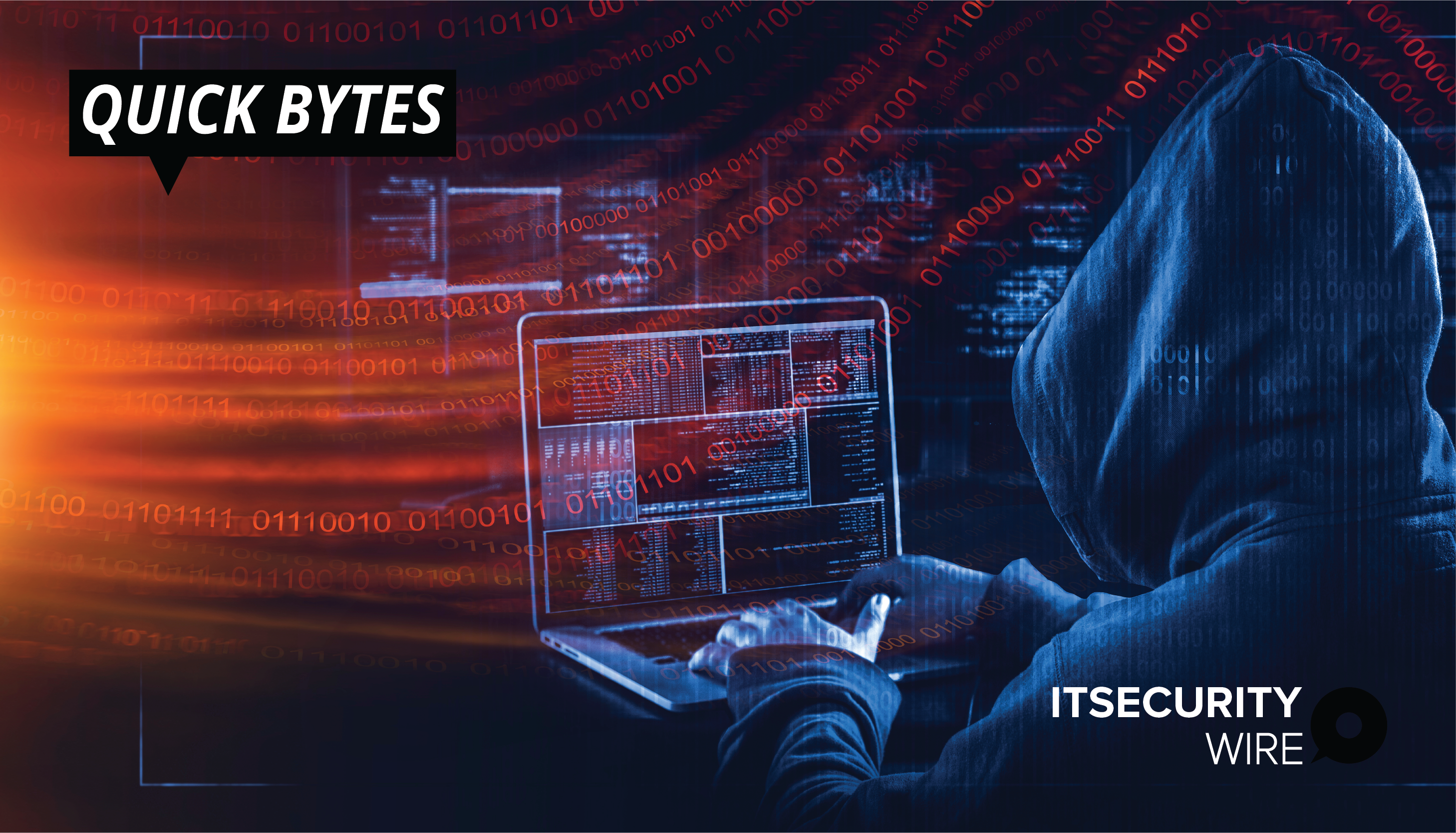CSOs, CIOs, and CISOs have never had it so tough in their careers. Along with their conventional responsibilities, they must now contend with an enormously growing cybersecurity threat environment and a growing cyber skills gap. As a result, a large number of them are experiencing burnout.
Given that the cybersecurity skills gap is anticipated to persist for the foreseeable future, it’s no wonder that the majority of today’s cybersecurity team is stressed and overworked. According to BitSight, “5 Shocking IT & cybersecurity burnout statistics”, 91% of CISOs experienced average to high levels of stress, pushing them to consider quitting their jobs. Employee burnout has become a serious concern for cybersecurity managers, with 63% of firms experiencing a severe shortage of cybersecurity personnel.
Also Read: The State of Enterprise Security in 2022
Here are four strategies to keep cybersecurity professionals’ organizations safer from the various network security risks they will be confronting in the near future as enterprises prepare for 2022 and cybersecurity professionals return from a well-deserved break:
Establish disaster recovery plans and put them to test
Backups are an important aspect of a disaster recovery plan. However, it’s astonishing how often recovering from backup systems doesn’t work as planned in real-world scenarios. It’s crucial to understand which digital assets are backed up and which aren’t, as well as how long it will take to recover content.
CSOs should schedule the recovery of backed-up resources, determine the start-up window, and test backups as a routine process with specific validation procedures to ensure that recovery is achievable.
Foster a change of guard at regular gaps
Experts in cybersecurity, particularly those active in cyber-surveillance, are the digital vanguards. They require intervals of leisure and rejuvenation to stay alert and focused on risks so they can protect the firm against evolving challenges. People entrusted with threat monitoring can avoid weariness and burnout by spinning a list of experts. New eyes are always more vigilant when it comes to seeing and predicting threats. If an organization’s in-house IT team is already stretched thin, Managed IT Security services should be considered.
Also Read: Three Cybersecurity Hardships Businesses Can’t Ignore in 2022
Find a SecOps therapist
Despite years of vigilance and effort, security continues to deteriorate, and this can be a major source of burnout. When businesses are not making progress, it’s easy to feel pessimistic, which is a significant demotivator for sharp, security-minded folks. More attackers, improved attack tool chains, greater system complexity, and a larger attack surface are all contributing variables that a mentor or trusted colleague can help embrace. These are not the “fault” of businesses, but they do have a tendency to absorb them. Someone should provide CBST (Cognitive Behavioral security therapy), but in the interim, speaking with a non-technologist might help companies accept the present situation without giving up.
Provide training and recognition
If an organization lacks the resources to relieve the cybersecurity team’s workload, the second alternative is to care for personnel. Employee training enables cybersecurity leaders to approach problems in a variety of ways. The provision of certification aids in the improvement of knowledge and the enhancement of employee self-esteem. Employees who have been trained will be more aware of cyber threats and how to avoid them, which will help them avoid burnout.
For more such updates follow us on Google News ITsecuritywire News









